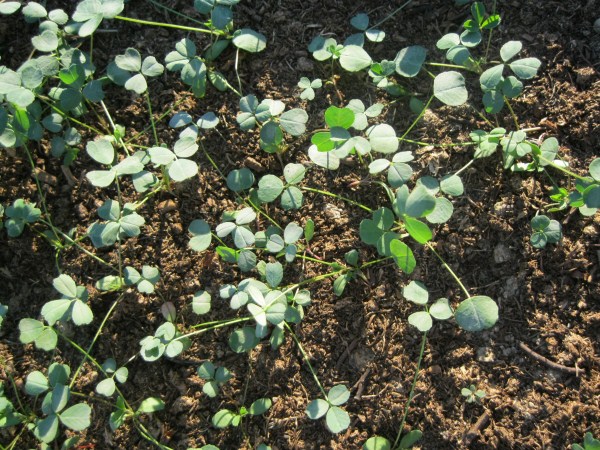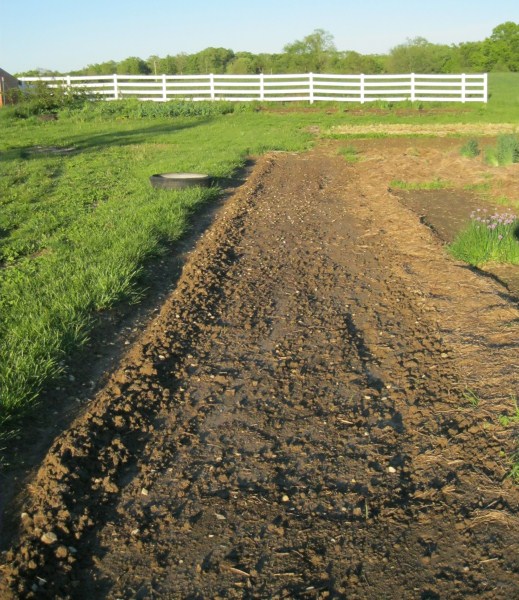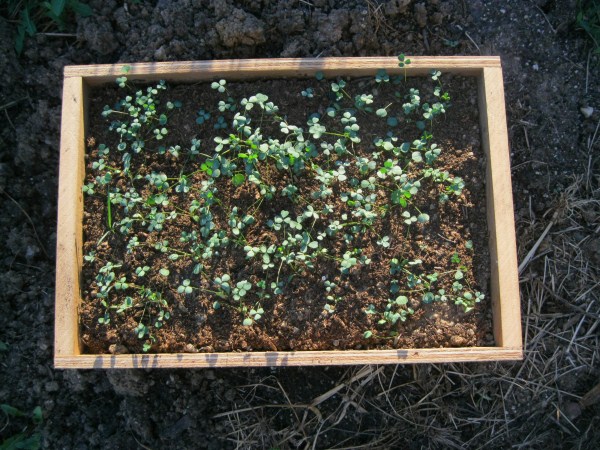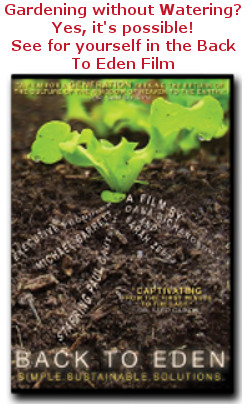Alfalfa is one of those crops that should be in every mini-farm or home garden. Although we humans may not necessarily consume or directly enjoy its valuable production–unless eating sprouts–it brings tremendous benefit to animal and soil alike and the general health of your homestead. Even a little patch is well worth including in your overall plan.
As its name implies—“the best fodder”—it is a key feed source for many farm animals. Being very high in protein, it is a must-have for animals such as goats, horses, cows, rabits and many others. Chickens and turkeys also love the stuff and it makes for happy hens!
Its benefit to the soil has been known for many centuries. Created with strong, deep roots, this marvelous plant breaks up hard clay soil like we have here in Missouri and pulls valuable nutrients to the soil surface. As a legume, it fixes nitrogen and provides valuable input into both the compost pile and your natural soil fertilization program.
One sowing of an alfalfa patch can last for many years if cared for properly. And, a healthy stand should allow for several cuttings in a season.
This year I started a new large bed to place my alfalfa patch. I’m doing some testing by starting out some seedlings in flats and some direct sown. I’ll see which ones do best or if there is any difference. Below is a picture of the new bed followed by a video of the old Troy Bilt preparing it.
Here is a picture of the alfalfa seedlings in the flat.
Later in the season, I’ll share how the alfalfa stand is doing.
What are your tips for growing alfalfa?





